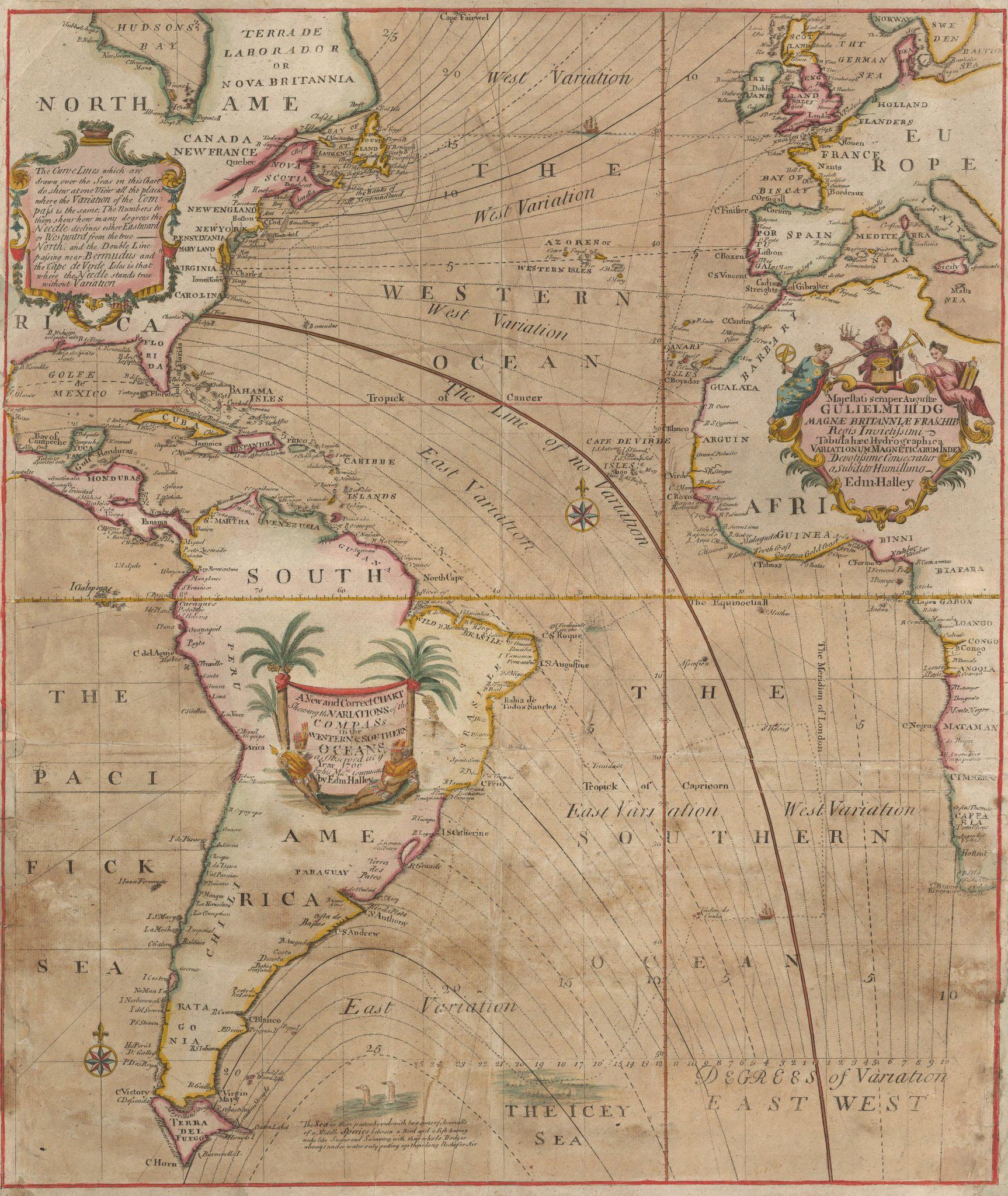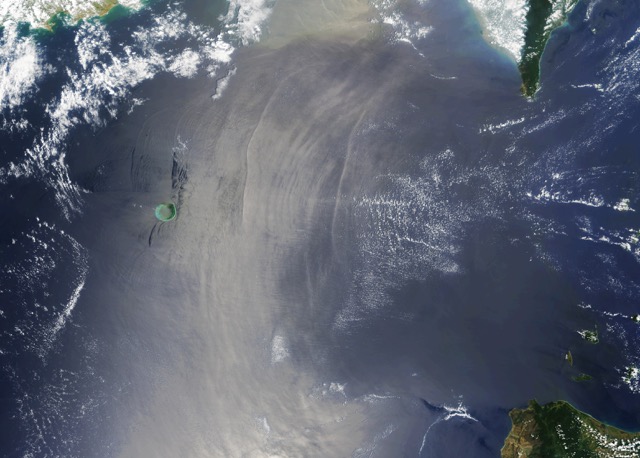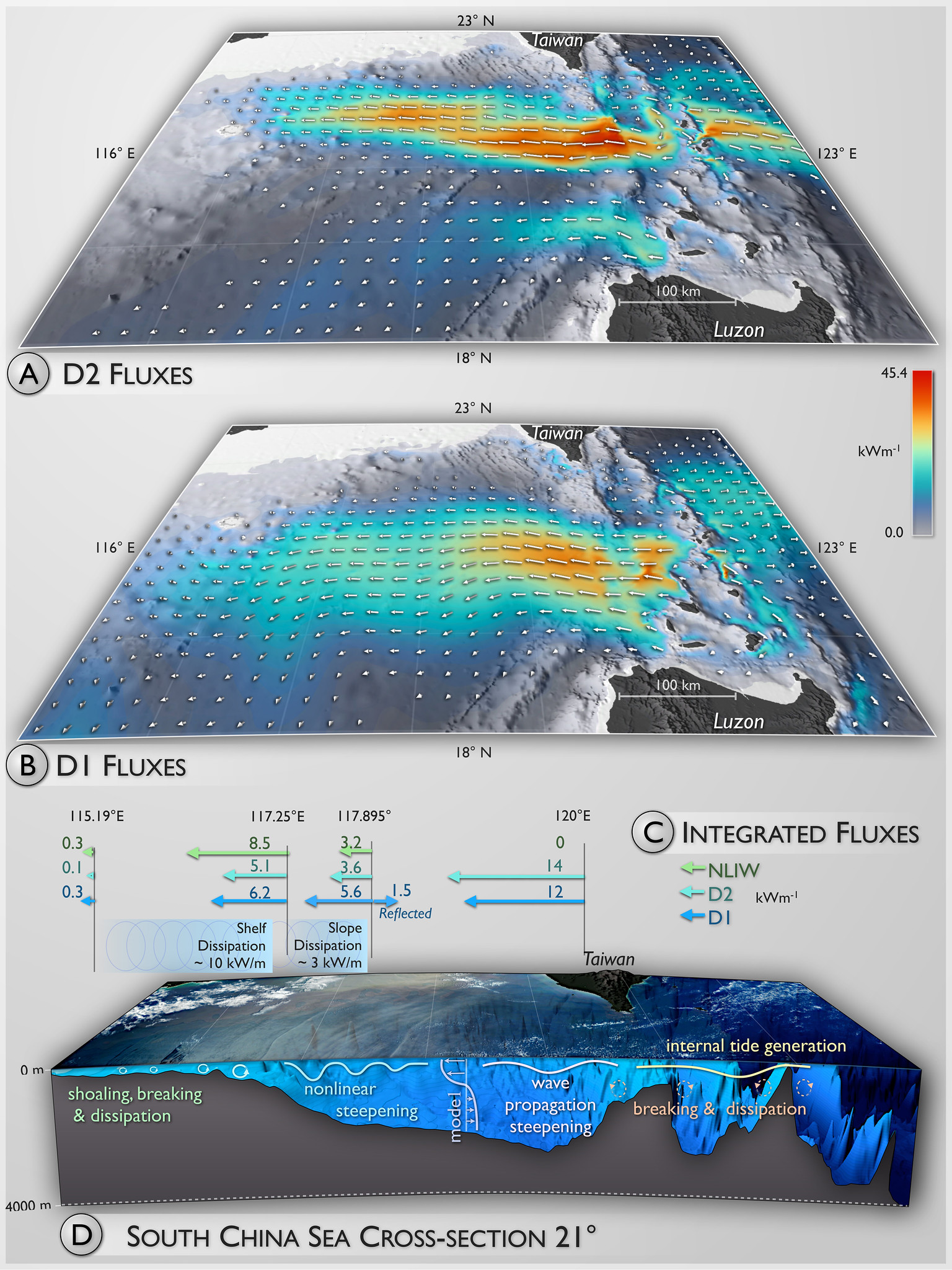From Forbes by Jean-Pierre Lehmann
The New
Silk Road may be the dream to inspire coming generations.
This seems all the more the case when set in the historical context of the last half-century.
If it were to become reality, it could be a major inspirational epochal game-changer.
Whether it’s a dream or a nightmare depends in great part on the spirit with which the opportunity is seized and the challenge tackled.
The past golden years
When British
Prime Minister Harold MacMillan made his speech on 20 July 1957 saying “
You’ve never had it so good”,
he was right.
I was 12 years old then and life and its prospects, for a
Western European adolescent, did seem good and promising.
Of course I
was conscious that it was not like that everywhere.
The year before,
1956, there had been the Hungarian Uprising and its brutal suppression
(including the killing of children my age) by Soviet troops.
But as a Western European I realize that ours is the luckiest
generation ever.
My grand-father was in World War I, my father in World
War II, my mother a refugee from the Spanish Civil War, they experienced
the depression, the rise of extremist ideologies, genocide, along with
all the other dreadful things that happened.
My generation got peace,
prosperity and instead of European War, the European Union.
Not
only was the West a far better place than it had been, but things
seemed to keep getting better; it was an age of optimism.
In the early
1960s I was living in
Washington
DC, where racist bigotry pervaded the city and the country; on 28
August 1963, the day before my 18th birthday, Martin Luther King’ gave
his famous “
I have a dream”
speech; it ignited and inspired a whole generation.
Along with the
struggle against racism in the West, there was the struggle against
sexism, for women’s liberation.
Yes, there was hatred and ugliness, but,
as in the lyrics of the famous song of that era, we knew that “
We Shall Overcome“.
There was bleakness in the 1970s, including the oil crises, unemployment and inflation soaring, terrorist movements such as the Baader Meinhof in Germany, the Rengo Sekigun and the (Charles) Manson Family in the US.
These were to some extent counterbalanced by a number of more positive developments.
With the deaths of their respective dictators, Salazar and Franco, Portugal and Spain renounced their military dictatorships and embraced democracy.
At the other end of the planet, the Cultural Revolution ended in China, Mao Zedong died and the economic reform program was about to be launched.
If the era were put to a symphony, the grand finale, with drums, cymbals, French horns and the entire orchestral works,
molto giojoso,
would come in the early 1990s, following the fall of the Berlin Wall,
the collapse of the Soviet Union and its empire, the end of apartheid in
South Africa, reforms and opening up in India, the establishment of the
World Trade Organization, continuing opening of China, reforms in
Vietnam, democratization in South America, also in Korea and Taiwan,
etc, etc!
The dark years
However, the euphoria of the end of the last century has been
followed by disillusionment, or worse, in this century.
There continue
to be good things happening, but the overall global ambience is
depressing and the outlook discouraging.
Youth unemployment has soared
pretty much everywhere, the looming threat of climate change is, well,
left to loom, the US and China seem more headed to confrontation rather
than collaboration, as the sequels of the catastrophic UK-US invasion of
Iraq not only linger, but fester, the situation in the Levant is
dramatic, we have the terrible tragedy of the Rohingyas, the many deaths
of refugees in the Mediterranean, the consequences of the global
financial crisis, the rise of populist parties, the resurgence of
nationalism, the cynicism and criminality of too much of the finance
industry, and perhaps above all in lieu of the optimism that pervaded my
generation, growing pessimism and fatalism among the coming
generations.
So I’m ok. I will have had a very good and lucky life.
But I worry
for my grandchildren.
And I worry all the more because I do not have
sufficient confidence that our business and political leaders, obsessed
by cynical egotistical material short-termism are concerned about the
next generations.
What kind of planet do we want to leave behind?
The past and future promise of the New Silk Road?
It is in this context that ever since the announcement of its
launching I have been intrigued by the vision of The New Silk Road – or,
to give it its full rendition, The New Silk Road Economic Belt and 21st
Century Maritime Route.
I have since followed developments closely; I
was privileged to attend in December last year a
meeting in Qianhai
(Shenzhen), jointly organized by the Qianhai Institute for Innovative
Research (QIIR) and the Italian Ambrosetti Group, on the 21st century
Maritime Silk Road, and with my great and dynamic class at Hong Kong
University this last month we have had wide-ranging, intensive and
stimulating conversations on the subject.
I shall also be presenting
findings at a major annual event,
Orchestrating Winning Performance, at IMD, in Lausanne (Switzerland), next month.
It is a fascinating prospect at every level.
The Silk Road and its maritime Spice Route (see above) lie at the
origins of globalization not only in the transmission of goods, but in
the transmission of ideas, knowledge, culture, religions, science and
technology.
The Silk Road lasted and flourished from the first century
BCE
until the mid-15th century, challenged and ultimately superseded by the
rise of the Portuguese seaborne empire.
The Spice Route was initially
mainly the preserve of the Arabs, its point of departure was in
Indonesia, which it will also be for the New Maritime Silk Road: spices
were the
first globally traded product.
The legacy of the Silk Road in history is enormous as it is in art,
literature, science and architecture.
The Great Colonnade in Palmyra,
Syria, that ISIS (the Islamic State of Iraq and
the Levant) threatens to destroy, is one of the multiple grandiose and
awe-inspiring examples, as is the Kalyan Minaret and Mosque in Bukhara,
Uzbekistan (see illustration below).
In
Europe,
Venice was a major destination for the merchants of the Silk Road,
hence of the prosperity and beauty of La Serenissima, as Venice is
called; the plan for the 21st Century Maritime Silk Road is also to make
Venice a key destination.
Of course the Silk Road and the Spice Route of the past were very
much about money.
There was a pecuniary goal.
But the cultural wealth
that was generated was immense.
Global civilization would be much the
poorer without it.
The historical Silk Road is a major source of
inspiration, wonder and dreams.
Can the 21st century Silk Road be
anything of the sort?
The
answer to that question all depends on how political, business and
thought leaders approach and develop the opportunity.
Looking at the
project it is clear it includes (of course) economic objectives on the
part of he Chinese, and it is also clear it has a geopolitical dimension
in the context of the US-China rivalry.
But if it is adopted as a
global project it could also provide a great and dynamic fillip to the
global mood and activity.
The fact that
57 countries chose to defy
Washington and become founding members of the Asian Infrastructure
Investment Bank (AIIB), the financial institution behind the New Silk
Road, is an encouraging sign: among major potential members only Canada,
Japan and the US chose to stay out.
So it already is a global, or
certainly trans-Eurasian project.
There is the engineering feat it will represent.
It will re-engineer
the planet much in the same way as the railroad did in the 19th century –
something which was also a source of dreams and wonder beyond just the
mundane bit of going from A to B.
Remember, among others, the
Orient
Express (see illustration below)!
It will include regions, Western
China and Central Asia – Afghanistan, Turkmenistan, Uzbekistan,
Kazakhstan, Kyrgyzstan, Iran, Iraq and Syria – that were hubs of
globalization at the time of the Old Silk Road, but in more recent times
have been marginalized, described as the “orphans” of globalization.
The New Silk Road might give would-be Jihadists other more constructive
dreams to pursue than their current destructive nihilistic fanaticism.
With the current forces of de-globalization threatening the prospects of
future global prosperity and peace, the New Silk Road might give a
boost to re-globalization.
The New Silk Road and Maritime Route can bring about the reintegration of the Eurasian continent. The potential boost for an increasingly inward-looking and morose Europe is enormous.
While the New Silk Road encompasses three continents – Asia, Africa and Europe – for the moment the “new world” of the Americas does not feature.
A
compelling recent publication by Germán Muñoz, President of the Mexican Chamber of Commerce in Hong Kong, proposes how the New Silk Road might link up with another historic global route, the Ruta de La Plata, which served as the conduit for the transport of Mexican silver (the international currency of the time) to Asia from the 15th to the 19th centuries, arguing that: “History can provide lessons for the future, and the legacy of La Ruta de la Plata has great potential – and not just in trade itself. It also provides a template, as do the Silk Roads, for enhanced multilateral cooperation, regional development and integration of Asia and Latin America.”
The New Silk Road is not a given.
There are pitfalls.
But the prospects are also mind-boggling.
It behooves the world, especially the major powers, to tackle the challenge with enthusiastic clear-eyed determination.
It is the kind of visionary dream that could inspire the next generations … including my seven grand-children!
Links :






